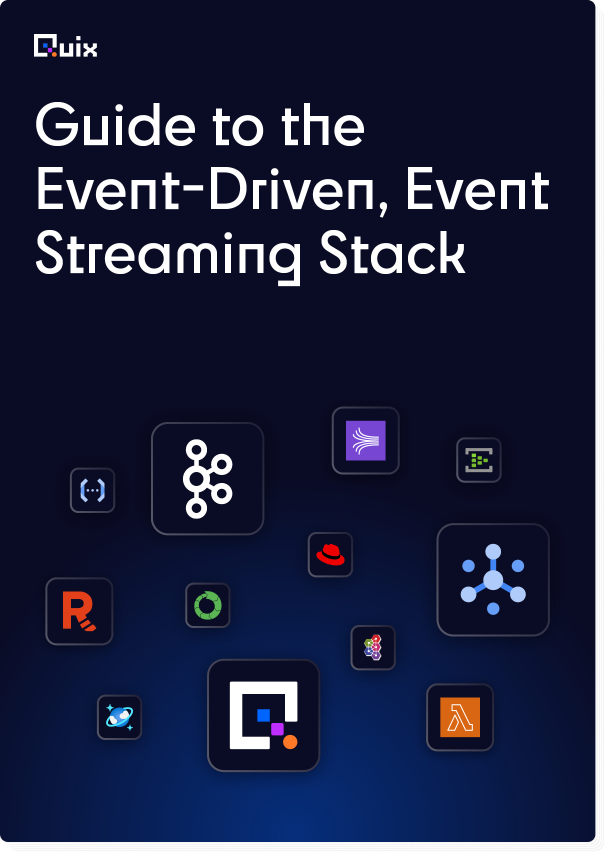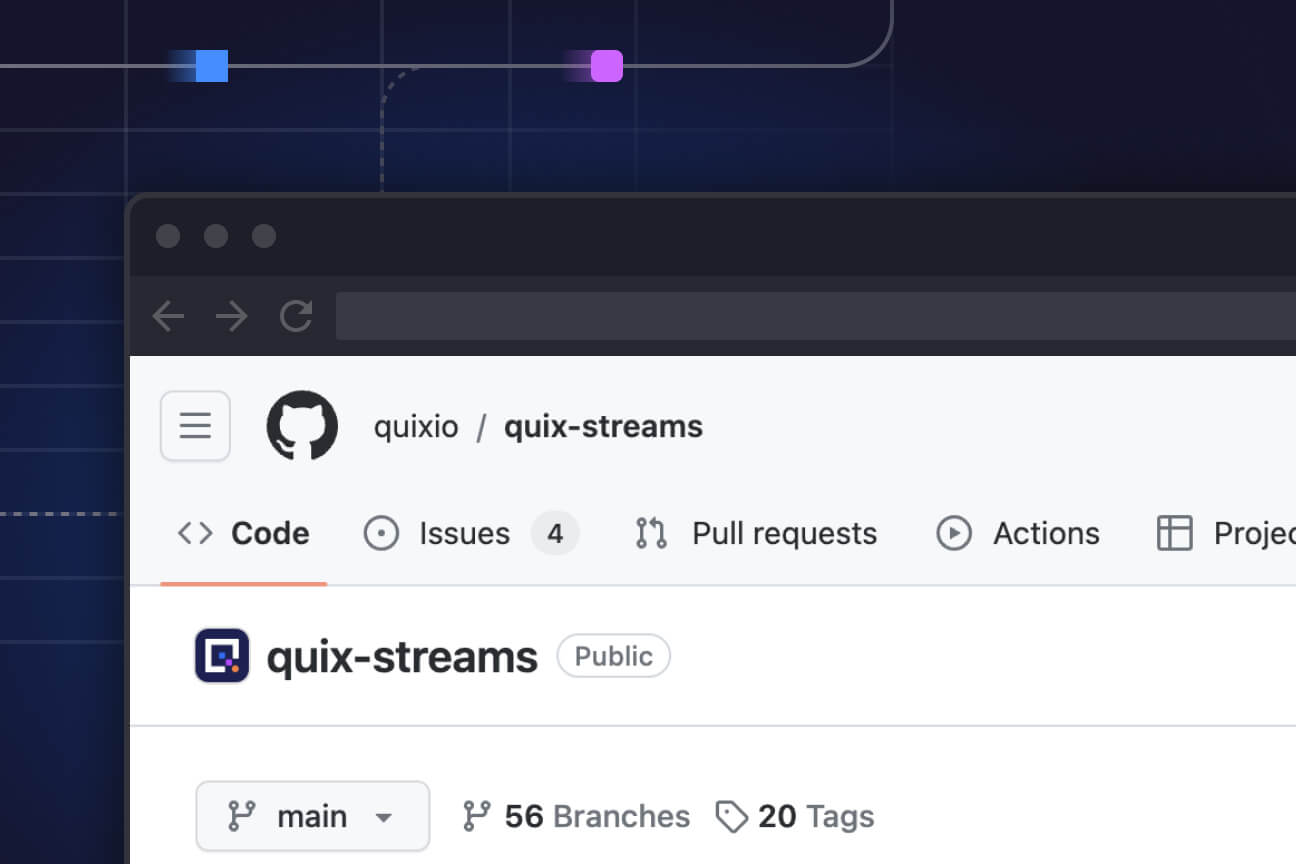The Stream — April 2023 edition
A monthly round-up of the most interesting news coming out of the stream processing ecosystem

A practical introduction to stream reprocessing in Python

Learn how to reprocess a stream of data with the Quix Streams Python library and Apache Kafka. You'll ingest some GPS telemetry data into a topic and replay the stream to try out different distance calculation methods.
Read the blog post ->
👀 Real Time Streaming Ecosystem

The tooling ecosystem for data streaming is evolving quickly. Hubert Dulay, the author of the forthcoming "Streaming Data Mesh" book, has put together a comprehensive landscape of the streaming ecosystem.
Read more on Hubert's blog ->
More news and insights
- Our CTO Tomas Neubauer sat down with InfoQ to talk about building real time ML Pipelines using Quix- Listen now
- Quix as an Apache Flink alternative: a side-by-side comparison - Read more
- Coming to Kafka Summit? Come to our pre-conference quiz night and burgers, hosted with RisingWave Labs - Sign up
- Kinesis vs Kafka - A Comparison Of Streaming Data Platforms - Read more
- Learn how Trade Republic, a Berlin-based FinTech start-up are doing stream processing- Sign up
Meme of the Month

What’s a Rich Text element?
The rich text element allows you to create and format headings, paragraphs, blockquotes, images, and video all in one place instead of having to add and format them individually. Just double-click and easily create content.
Static and dynamic content editing
A rich text element can be used with static or dynamic content. For static content, just drop it into any page and begin editing. For dynamic content, add a rich text field to any collection and then connect a rich text element to that field in the settings panel. Voila!
How to customize formatting for each rich text
Headings, paragraphs, blockquotes, figures, images, and figure captions can all be styled after a class is added to the rich text element using the "When inside of" nested selector system.

Check out the repo
Our Python client library is open source, and brings DataFrames and the Python ecosystem to stream processing.

Interested in Quix Cloud?
Take a look around and explore the features of our platform.

Interested in Quix Cloud?
Take a look around and explore the features of our platform.






